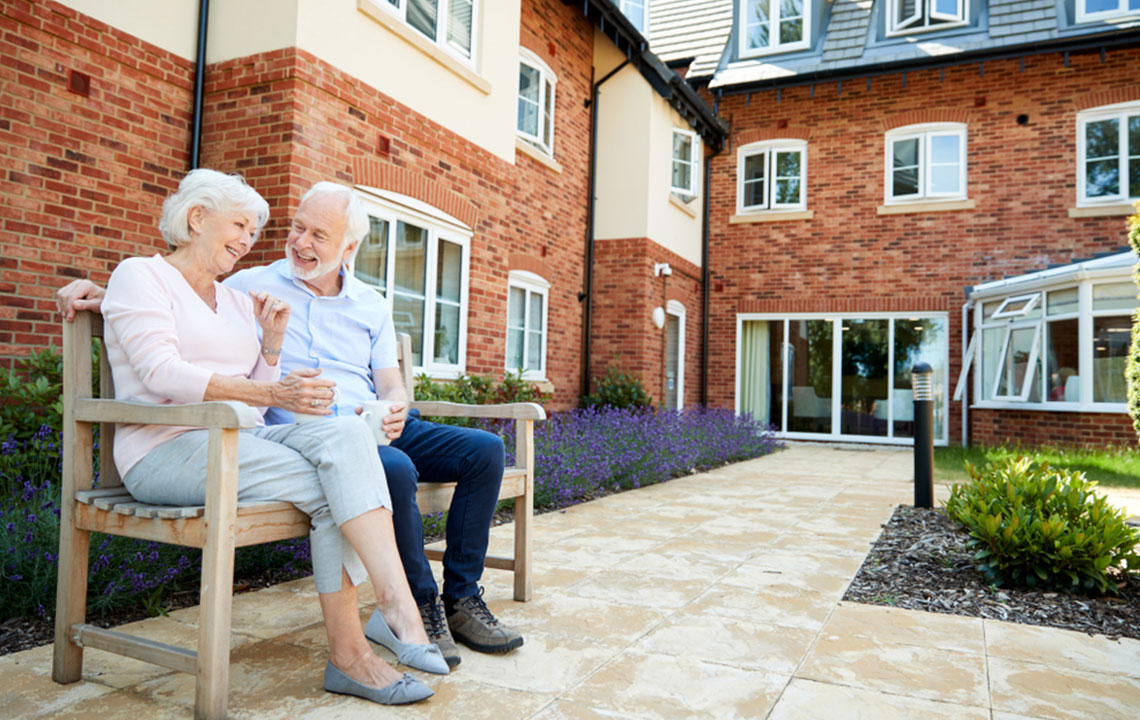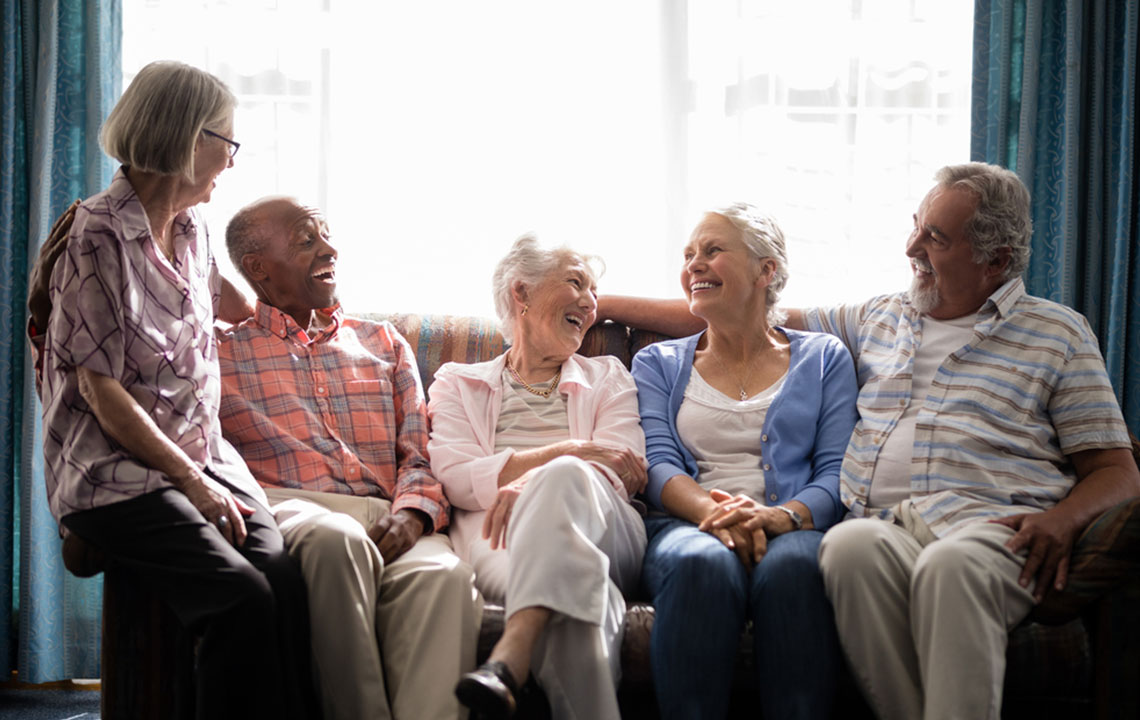Strategies to Boost Social Interaction and Well-Being for Seniors in Community Living Settings
Discover comprehensive strategies senior living communities use to enhance social engagement among residents. From shared dining experiences to diverse recreational activities, these programs foster meaningful connections, promote independence, and improve overall well-being for seniors. Emphasizing voluntary participation and respect for personal choices, senior communities aim to create a nurturing environment that combats loneliness and encourages active aging. Learn how a well-designed social ecosystem can significantly elevate seniors’ quality of life, happiness, and sense of belonging in community settings.

Strategies to Boost Social Interaction and Well-Being for Seniors in Community Living Settings
As people age, engaging in social activities and maintaining regular routines can become more difficult due to physical limitations, health issues, or transportation challenges. Such obstacles often lead seniors to isolate themselves, which can significantly impact their mental health and emotional well-being. To combat loneliness and promote an active lifestyle, senior living communities—whether they are independent living, assisted living, or memory care facilities—play a crucial role by providing various opportunities for social engagement and community participation. This comprehensive approach helps seniors foster meaningful connections, stay active, and enjoy a higher quality of life.
Shared Dining Experiences
One of the most effective ways to promote social bonds among seniors is through communal dining. Shared meals create a warm, inviting environment where residents can gather, converse, and build friendships. Many senior communities design spacious, cozy dining areas to emulate a home-like atmosphere, encouraging residents to enjoy their meals together. Such routines not only improve nutritional habits but also serve as catalysts for spontaneous conversations, laughter, and camaraderie, which significantly enhance emotional well-being.
Organized Activities and Recreational Programs
To keep seniors engaged and socially active, staff members develop a diverse range of activities tailored to different interests and mobility levels. These activities include outdoor excursions, cultural visits, art classes, musical performances, fitness sessions, and themed parties. By offering a variety of recreational options, senior communities help residents discover new hobbies, maintain physical health, and cultivate friendships. Regular participation in these events fosters a sense of belonging and purpose, which is vital for mental health.
As residents settle into their new surroundings, they often establish routines that revolve around social connections. Over time, many form deep, lasting relationships that significantly contribute to their overall happiness and life satisfaction. These bonds provide emotional support and reduce feelings of loneliness, which are common among aging populations.
Promoting Independence and Respecting Personal Choices
While encouraging social participation, senior communities place a strong emphasis on respecting individual autonomy. Participation in social activities and community events is entirely voluntary, allowing seniors to choose how they spend their time based on their preferences and comfort levels. This approach fosters a sense of independence and empowerment, making residents feel valued and respected within the community. Staff members are trained to support residents' choices gently, promoting a positive and inclusive living environment where everyone feels safe and appreciated.
In addition to social activities, many communities offer personalized support options such as transportation services, wellness programs, and in-home assistance. These services help remove barriers to social participation, ensuring seniors can remain active and connected regardless of their mobility or health status.
Ultimately, the goal of senior living communities is to create an environment that nurtures social well-being and promotes an active, fulfilling lifestyle. By fostering opportunities for shared experiences, cultivating friendships, and respecting individual independence, these communities enhance seniors’ overall quality of life and foster a vibrant, supportive social environment.





